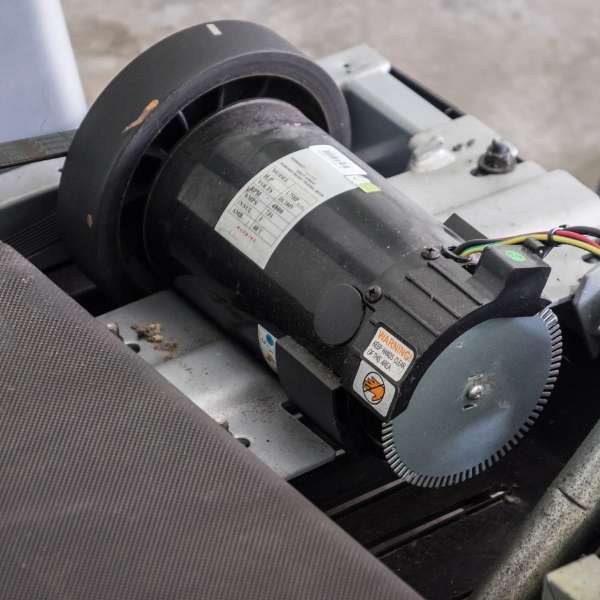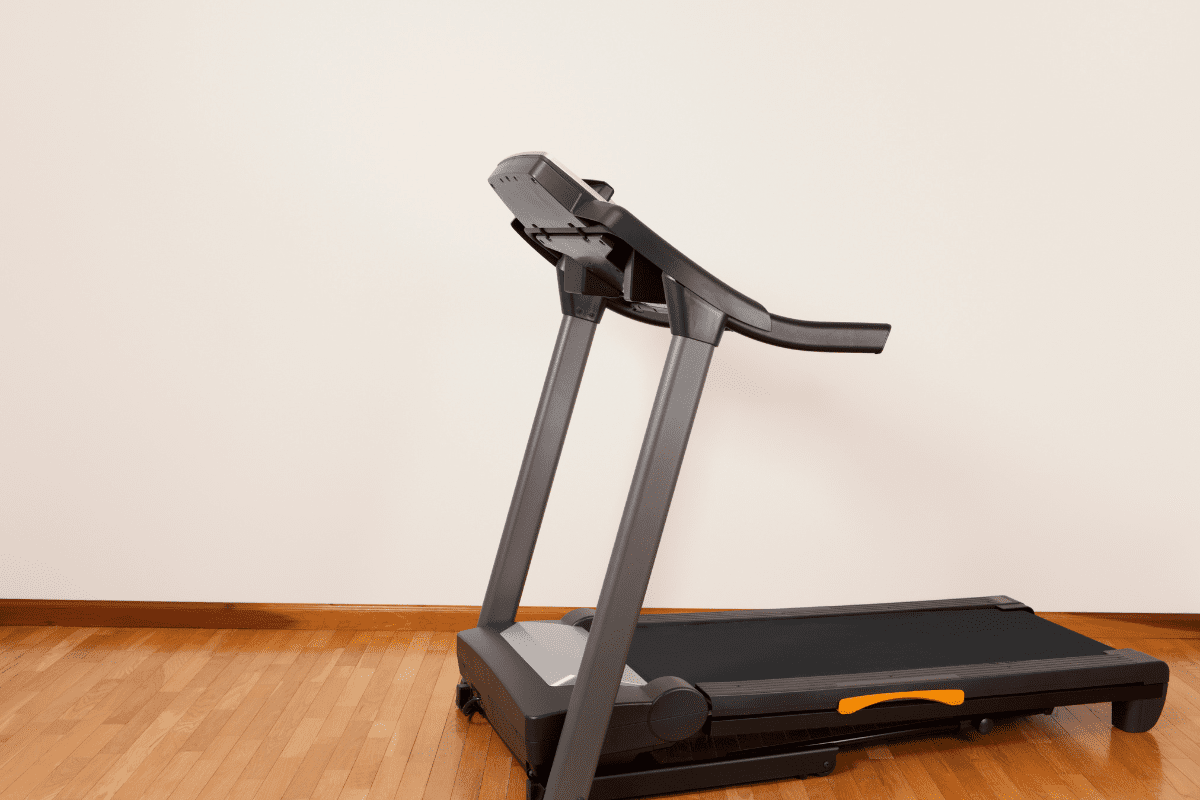The motor is generally the most expensive part of a treadmill. How long should it last before it gives up? We’ll go through normal life expectancy as well as why treadmill motors break and what you can do to extend the lifespan.
Treadmill motors generally last 7-12 years. High-end models tend to last longer than cheaper ones and parts availability is often better as well. On mid-range and high-end models replacing or repairing the motor is often worth it. While not cheap, it’s cheaper than buying a new treadmill.
In the rest of this article, we’ll dive into how long treadmill motors last and how you can make yours last longer.
Contents
Treadmill Motor Lifespan

Treadmill motors should last a long time if you use your treadmill properly and do not overuse or underuse the motor. So just like anything, if you take good care of it, then it should last a long time. The average estimate is from 7-12 years.
High-end treadmills generally last longer than low-end ones and when they break, replacement parts are often available but that isn’t always the case for cheap treadmills.
A good way of gauging how much the manufacturer trusts the motor is by checking the warranty of a treadmill. Sometimes motors are only covered for 2 years, other times 5 years, and sometimes even for a lifetime. However, that’s the lifetime of the treadmill, not yours. So make sure to ask what the expected lifetime is.
Avoid treadmills with a 2-year warranty on the motor. 5 years is good, lifetime is better.
Suggested post: How long does gym equipment last?
Why Do Treadmill Motors Break?

Treadmill motors often break from ‘old age’ but there are some factors that really decrease the lifespan of a treadmill motor. Here are the most important ones;
Some things you can do something about while others are out of your control.
Make sure to unplug your treadmill after use to protect your motor.
How To Make Your Treadmill Motor Last Longer

When your treadmill motor wears out isn’t only a case of old age. They do need some maintenance.
Here are some more general tips and basics that will help keep your treadmill in good shape.
Is Repairing a Treadmill Motor Worth It?

Replacing the motor isn’t cheap and on an old treadmill, you might wonder if it’s worth the cost or if buying a new one is better.
The decision to repair a treadmill motor or replace it depends on several factors, including the extent of the damage, the treadmill’s overall condition, the cost of repairs, and your budget. Here are some considerations to help you decide whether repairing a treadmill motor is worth it:
1. Extent of Damage: If the motor has minor issues or damage that can be repaired relatively inexpensively, it may be worth fixing. For example, a loose wire or a damaged motor control board could be repaired without significant costs.
2. Age and Condition of the Treadmill: Consider the overall age and condition of your treadmill. If the treadmill is relatively new, in good condition, and meets your fitness needs, investing in motor repairs may be worthwhile to extend its lifespan.
3. Cost of Repairs: Get a repair estimate from a qualified technician or service center. Compare the cost of repairs to the cost of a new treadmill with similar features and quality. If the repair cost is significantly lower than the price of a new treadmill, it may make financial sense to repair it.
4. Warranty: Check if your treadmill is still under warranty. If the motor failure is covered by the warranty, repairing it should be cost-free. However, if the warranty has expired, you’ll need to consider repair costs. Even if the motor is covered under warranty, you might have to pay for the labor costs.
5. DIY vs. Professional Repair: Assess your technical skills and comfort with DIY repairs. Some treadmill motor issues may be repaired by DIY enthusiasts, while others require professional expertise. If you’re unsure, it’s generally safer to hire a professional to diagnose and fix the problem.
6. Availability of Replacement Parts: Ensure that replacement parts for your treadmill motor are readily available. If the motor is obsolete or parts are hard to find, it may be more practical to replace the treadmill.
7. Fitness Goals and Frequency of Use: Consider how often you use the treadmill and your fitness goals. If you rely heavily on the treadmill for daily workouts or specific training, repairing it to maintain your exercise routine may be a priority.
In many cases, repairing a treadmill motor can be a cost-effective way to extend the life of your treadmill. Especially on mid-range and high-end models that would be expensive to replace. On cheap treadmills, it’s often not worth the cost.

